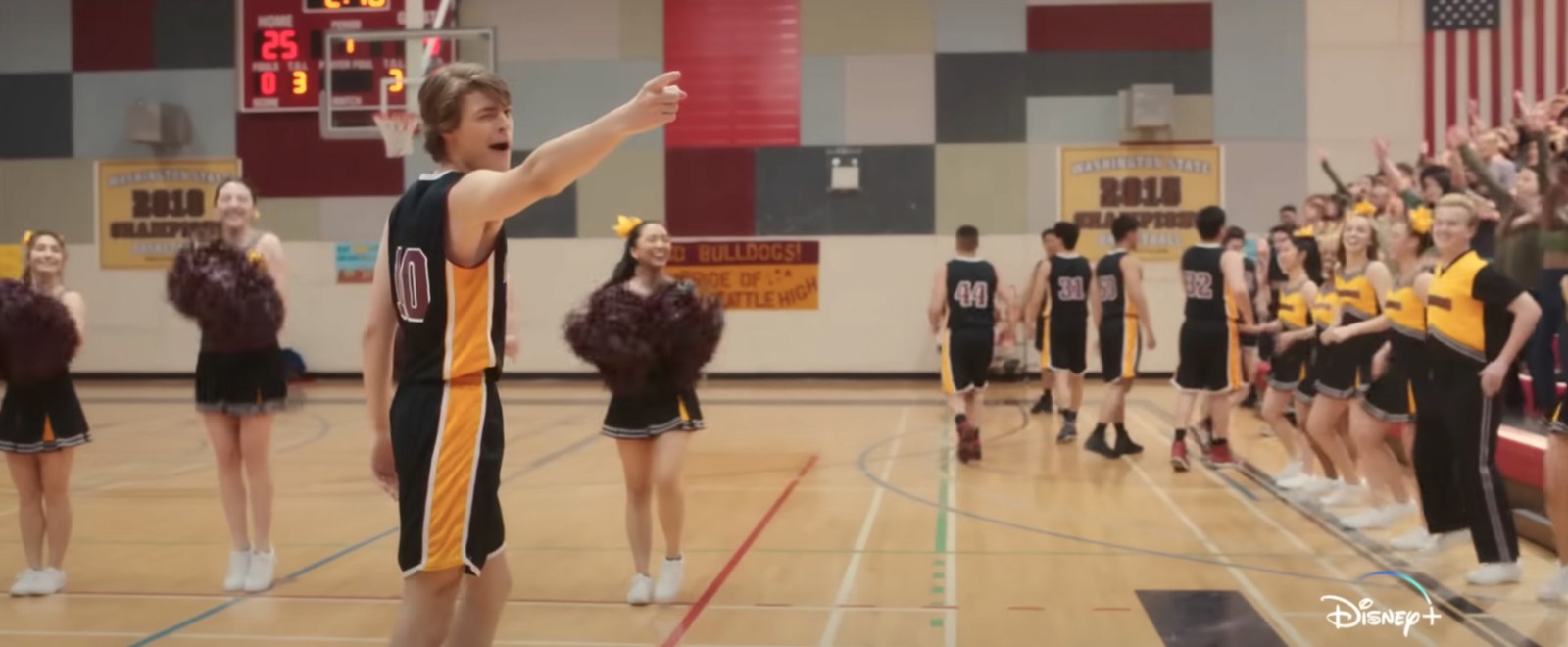After the WGA strike ended a couple weeks back, it was widely expected that the AMPTP would quickly wrap things up with their picketing partners at SAG-AFTRA. Alas. Last week the studios abruptly broke off talks with the actors union, in a move its president Fran Drescher called “baffling.” Among the big issues is the use of AI, not only with actors but background artists as well. To behold the kind of horror SAG-AFTRA is trying to spare viewers, witness this clip from a Disney teen movie that recently went viral.
Noticed it's a whole row of AI actors. Yikes!
Disney is insane and just more reason why the AMPTP needs to ditch this plan to replace background actors with AI. The uncanny valley will always make your show/film look like hot garbage and age like milk. pic.twitter.com/NpfNbx2X1T
— Christopher Marc (@_ChristopherM) October 12, 2023
The clip is from Prom Pact, which dropped on Disney+ back in March. In a blink-and-miss moment from a basketball game scene, there’s quick cut to people cheering in the stands. Thing is, they’re not people at all. Their digital, and they look less like humans than broken automatons gyrating out of control.
Given the news of studios, like Marvel, scanning extras digitally without telling them how they’d use their likenesses, people understandably assumed they were AI monstrosities. The Hollywood Reporter are reporting, though, that they’re actually CGI creations made by VFX artists.
This is not a new practice. Ever since CGI started taking over the industry in the late ‘90s, filmmakers have used computers to create massive crowd scenes instead of wrangling hundreds of extras. More recent examples include shows like Ted Lasso and films like Whitney Houston: I Wanna Dance with Somebody. Of course, the results aren’t as glaringly embarrassing as they are in Prom Pact.
Even though the Prom Pact scene used CGI, it still stressed the importance of ensuring Hollywood studios don’t go down the slippery slope that is AI. In their latest offer to SAG-AFTRA, the AMPTP ensured that performers would need to provide written consent for digital doppelgangers.
(Via THR)







